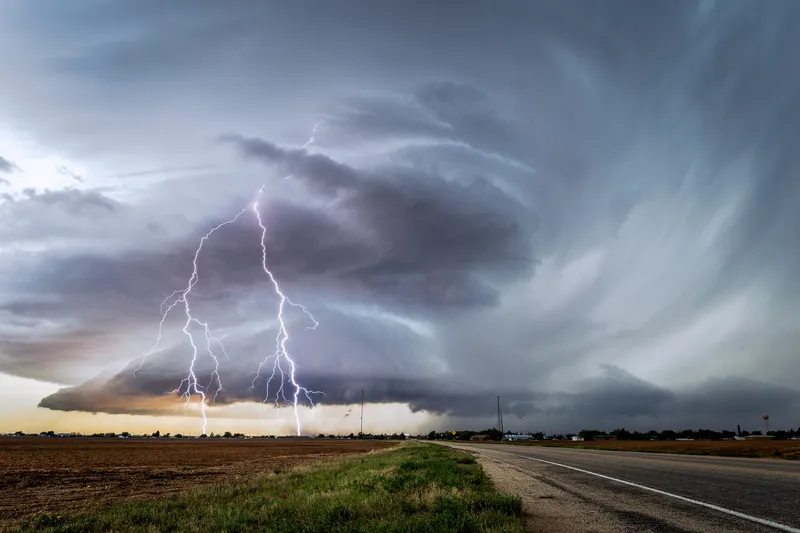Baron has added customisable alerts to its Threat Net suite of products so users can receive text or email notifications on location-based weather condition and forecast criteria.
By Ben Spencer
March 18, 2020
Read time: 1 min

The company says Baron Threat Net provides data and visual monitoring on forecasted road conditions and hazards as well as offering severe weather monitoring of damaging winds, hail and flooding. Users can track a storm up to an hour in advance while also investigating all weather threats on a single screen, Baron adds.
Users can set an alert by selecting a weather parameter to monitor and choosing the condition or forecast criteria to trigger the alert once conditions are met.
Specific location-based alerts can be set for forecast air quality index, temperatures, humidity and wind speed.
Users can also access real-time weather monitoring via Baron’s app.









